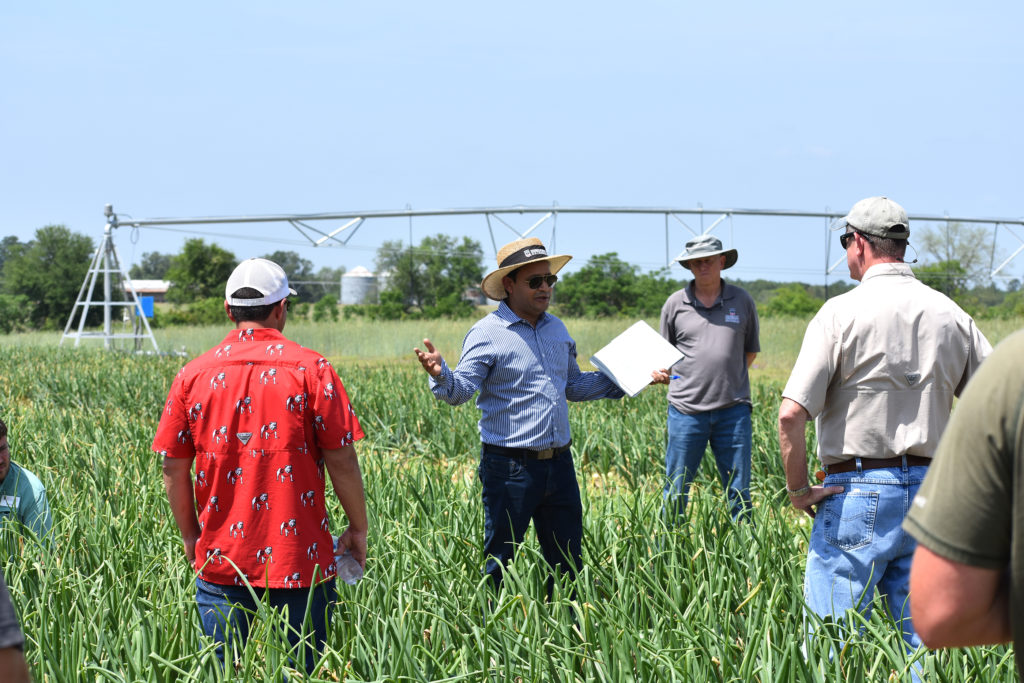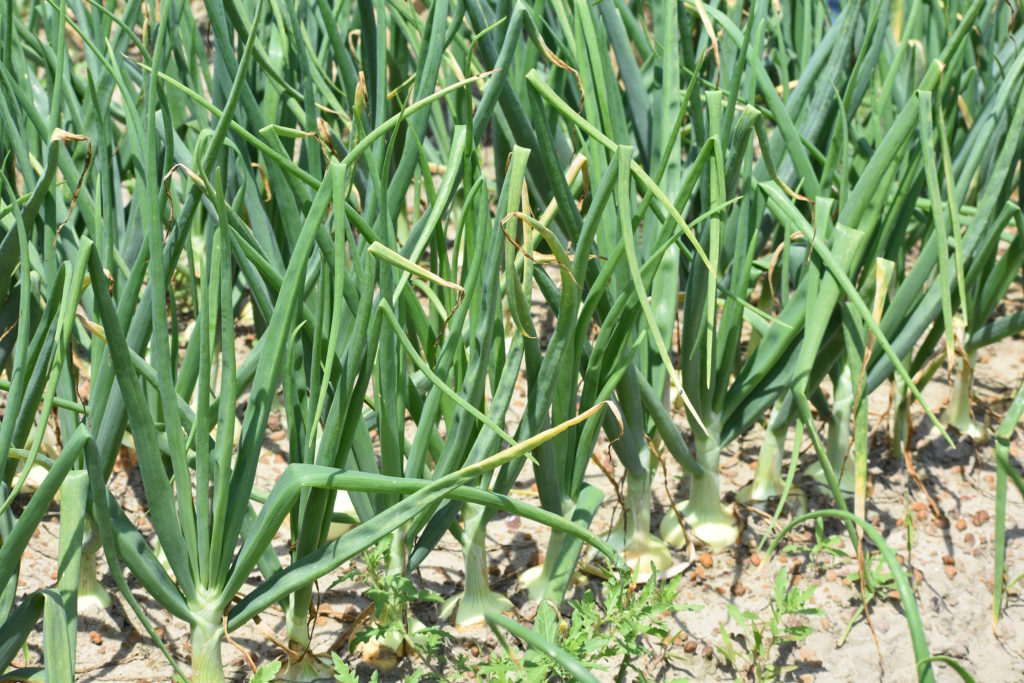By Clint Thompson
The Vidalia onion harvest season is in full swing across Southeast Georgia. After a production season that’s experienced multiple days of sub-freezing temperatures during Christmas, along with an occurrence of downy mildew disease this spring, producers are thankful for the crop they’re harvesting.

Cliff Riner, Vidalia Onion Committee chairman, discussed what growers are experiencing during this early part of harvest season.
“I think we’ve still got a crop to market and overall volume that’s good,” Riner said. “We’ve been spoiled in recent years by really big crops. But we still have a lot of volume to get through. The quality looks good still. But it’s not going to be a bumper yield. The good thing for us is there’s a lot of demand for Vidalia onions. We have to be careful about how we ration our best customers out, what they get and how long they want them.”
The Christmas freeze event appears to be the factor that’s impacted this year’s onion crop the most.

“The freeze was a big driver for where we’re at in stand, and the stand equals yield. We’ve lost at least a 25% stand loss. There are some growers that may be closer to 30% depending on how their planting dates and all were,” Riner said. “We’ve been fortunate since then to have good weather. A lot of the plants we thought were going to be small and weren’t going to make it, some of them have rebounded in the past 30 or 40 days. There’s still some optimism, but we do have a stand loss that will affect the overall yield.
“The thing about onions is every plant is the product. Like the tomato plant or something similar is a fruiting crop. A watermelon vine may produce three or four watermelons. The onion plant is the bulb. If you reduce 15% or 20% or 25%, that’s direct loss of yield.”









